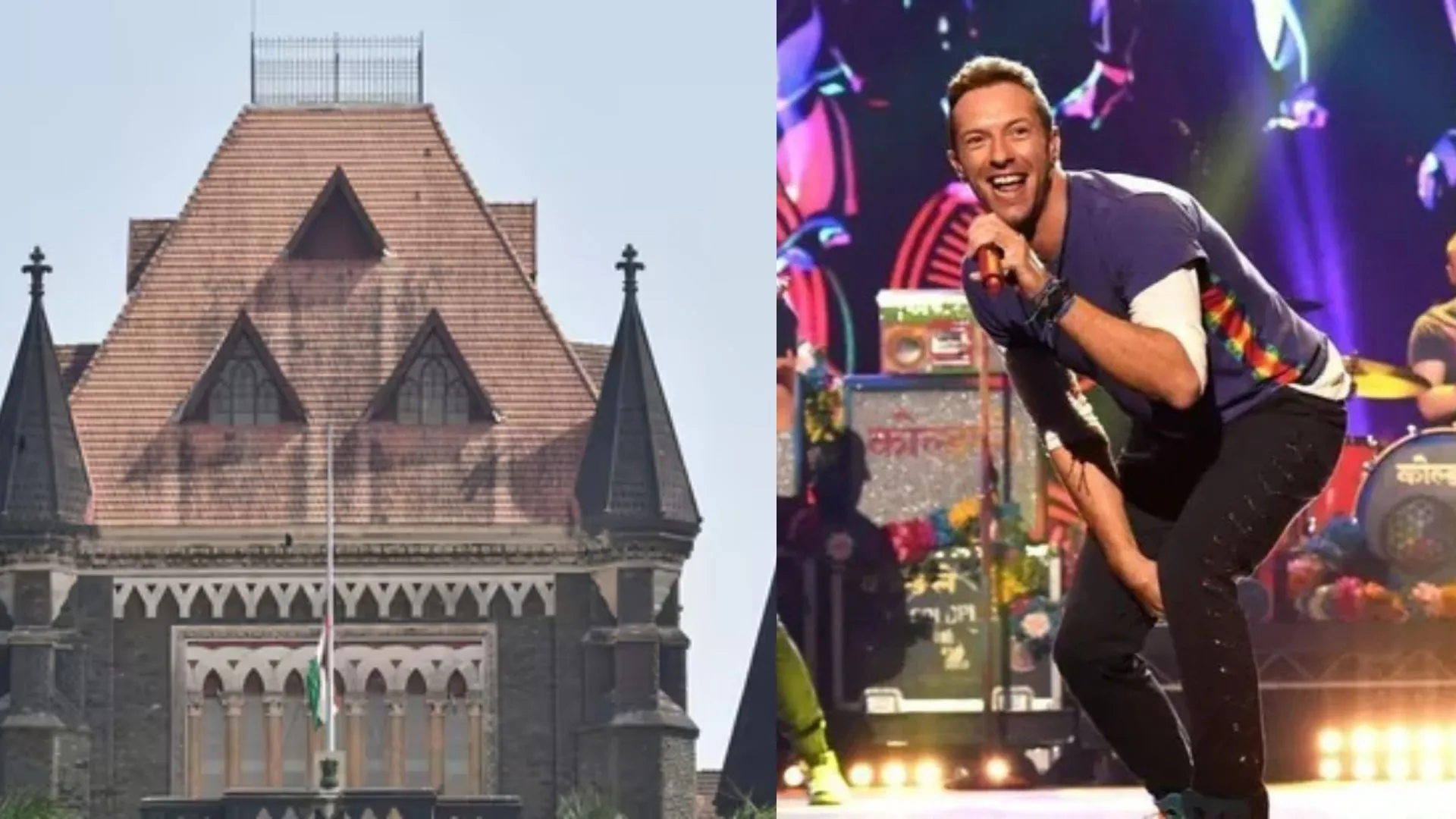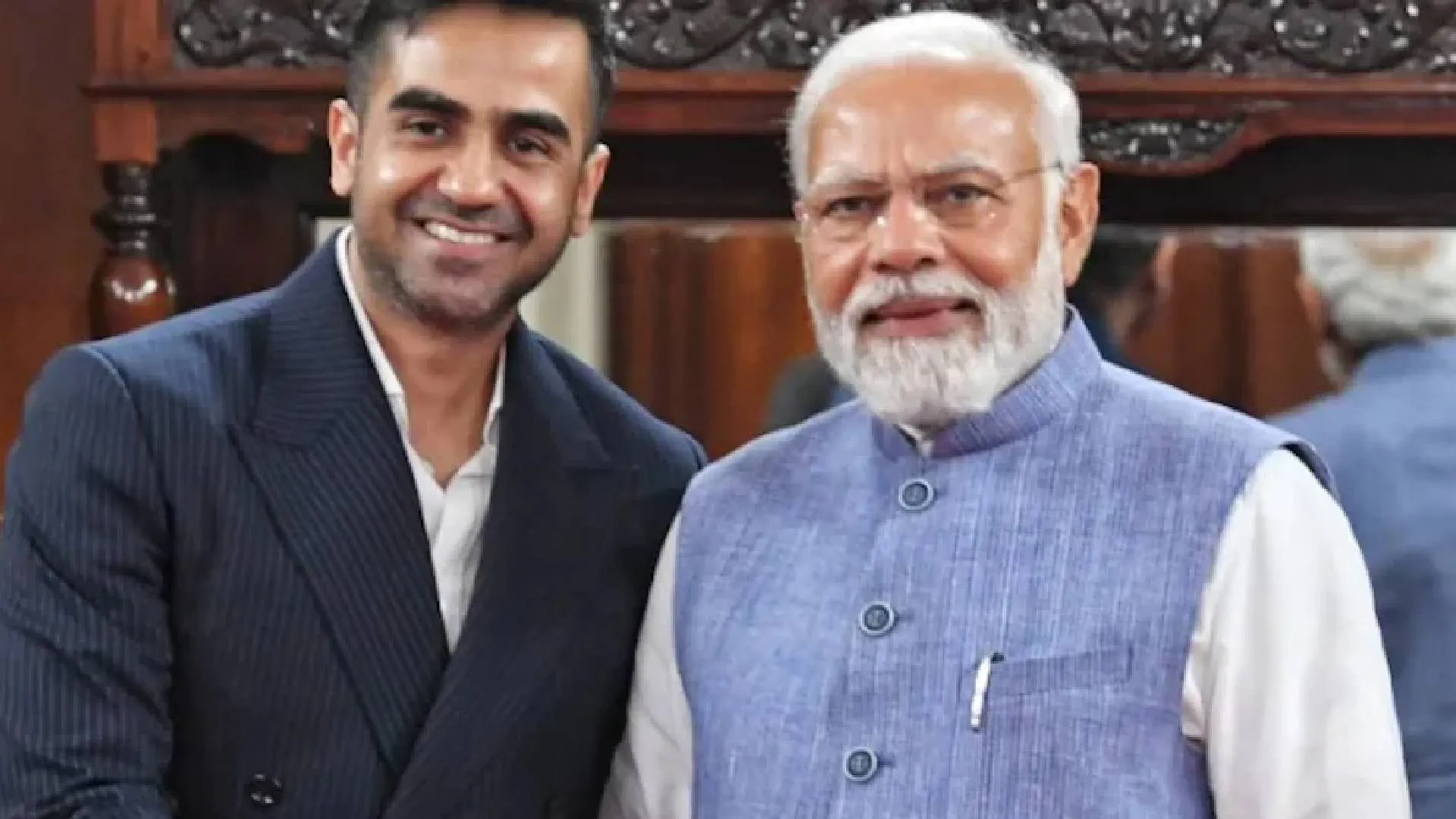The Honourable Supreme Court in Siddharth v. State of Uttar Pradesh & Another (LL 2021 SC 391) which was further supplemented by its judgment in Aman Preet Singh v. CBI(LL 2021 SC 416) has settled an important point of law regarding the application of Section 170 of the Code of Criminal Procedure (“Code”), which was often wrongly interpreted and applied by the trial courts in India. As per Section 170(1) of the Code, upon the conclusion of the investigation, if the investigating officer is of the view that there is sufficient ground and evidence against the accused to commit him to trial and possibly find him guilty, then the Investigating Officer shall forward the same to the magistrate for taking cognizance of the offence along with the Accused, who shall be under their custody.
ISSUE
Whilst interpreting S.170(1) of the Code, it often happens that the trial courts in India happen to misconstrue and interpret the Section in such a manner that they believe there is an obligation upon the police to take the accused person under their custody during this process, before producing him before the magistrate along with all the other relevant material found during the investigation. And these courts often resort to not accepting the chargesheets and post-pone the act of taking cognizance of the offence until all the accused persons have been taken into custody and presented to the magistrate.
PRECEDENT
It is important to note that the word “Custody” has not been defined under the Code, however as per Blacklaw’s Dictionary, “Custody” is a very elastic term that can not only be defined as keeping something or someone in your care or possession but also the guarding, care, watch inspection, and security of the thing and carries with it the idea of the thing being within the immediate personal care. The Delhi High Court in The Court in its own motion v. the CBI (2004 SCC ONLINE DEL 53) held that the term “custody” does not imply judicial or policy custody, rather it was merely a connotation of the Investigating Officer presenting the accused before the magistrate during the time of submitting the chargesheet and taking cognizance before the case could be submitted to trial. Furthermore, it is important to acknowledge that this also falls in line with the powers that have been bestowed upon the investigating officer which allows him to release a person who is accused of committing a bailable offence and has sufficient evidence against him.
It is important to understand the basic purpose and rationale behind arresting an accused in criminal investigations. The courts have often held that an individual’s liberty and fundamental rights are of paramount importance, and if a person who has been accused of a non-bailable offence is cooperating with the police officials, and there is no fear of him absconding or tampering with the investigating in any manner, then such an individual need not be arrested unless there is an absolute necessity. Even the Delhi High Court in The Court in its own motion v. the CBI (2004 SCC ONLINE DEL 53) was of the same view, and it further held that if the Investigating officer finds it unnecessary to present the accused in custody before the magistrate provided he is cooperating with the investigation and he would neither abscond nor disobey the summons issued by the magistrate, then there is no legal obligation upon the investigating officer to arrest the accused and produce him in custody while submitting the chargesheet, so that the magistrate can take cognizance of the offence and kick the criminal justice mechanism in a trial.
The High Court clarified and held that during the ordinary course of an investigation, the police should avoid arrested individuals if it is possible to complete the investigation without doing the same and if the accused is co-operative with the investigating agency. An arrest is warranted only in the cases of utmost necessity where the accused is an essential part of the crime such that the investigation cannot be completed without arresting him, such as during the recovery of incriminating articles or weapons which were used in committing an offence. Furthermore, the arrest would be justified if the Investigating Officer was of the view that there is a reasonable possibility that the accused person will abscond or flee due to the grave and severe nature of the crime, thus making it difficult to procure him during a later stage of the investigation by the police officials. This view and decision of the Delhi High Court was affirmed by the Division Bench of the High Court in Court in its own Motion v. State (2018 SCC ONLINE DEL 12306), and further held that it is not essential to arrest the accused and take him into custody at the time of filing the chargesheet in the case of every non-bailable offence.
INTERPRETATION OF THE SECTION
During the process of filing the charge sheet, the trial courts have adopted the practice of strictly interpreting S.170 of the Code in isolation, however, this goes against one of the elementary principles of Statutory Interpretation, that an individual Section must be read in the context of the Statute of the whole and this must be done in a manner which makes the statute effective and workable. It seems that the courts have often erred by interpretation S.170 of the Code in isolation, however, when it is read in consonance with other provisions of the Code such as S.173 and S.468 of the Code, then the Judgement delivered by the Delhi High Court and the Supreme Court makes definite sense.
While strictly interpreting S.170 in isolation, trial judges have often refused to take cognizance and do not accept the chargesheet if the accused is not present. However, a bare perusal and reading of S.173 of the Code, clearly indicates that the magistrate is strictlyempowered to either taking cognizance and issue process, or drop the proceedings depending upon the facts made out in it, or direct the police to further investigate the matter, after accepting the chargesheet filed by the police. Hence, it is pertinent to note that the magistrate does not possess any jurisdiction or authority to reject the chargesheet thus he must obligatorily accept the chargesheet and proceed with the case as per the procedural law prescribed under S.173 of the Code.
When S.170 of the Code read with the wordings of S.173 (2) (i) (g), it is clearly indicative that it is not mandatory for the accused person to be taken into custody by the police and forwarded to the magistrate for him to accept the chargesheet, since clause (g) clearly asks whether the accused is in custody.
However, if the magistrate is of the opinion that given the serious nature of the case or due to the facts and evidence made out in the report that the accused must be present in court, then he can issue a process of the summons. And he may take it a step further and issue a warrant of arrest even during the stage of taking cognizance provided he records his reasons for doing so as per S.87 of the Cr.P.C that the accused persons have either been absconding or they have been disobeying the summons issued by the magistrate. This interpretation of the Section was upheld, and the court set this precedent as a supplement to Siddharth v. State of Uttar Pradesh & Another (LL 2021 SC 391)vide its judgement in Aman Preet Singh v. CBI (LL 2021 SC 416).
Furthermore, interpreting S.170 of the Code in context to the Statute as a whole is even pertinent due to the fact that individually interpreting this Section while neglecting S.468 of the Code shall create problems with taking cognizance of offences, since the chargesheet may get time-barred during the process of procuring the accused persons and taking them into custody, due to which the entire matter shall suffer serious consequences which could have been easily avoidable. Thus, this method of interpreting S.170 of the Code, also goes against the elementary principle of interpreting provisions in such a manner that it makes the statute effective and workable, and strongly contravenes this principle.
IN THE INTEREST OF PUBLIC POLICY
Such a gross interpretation of S.170 of the Code by the trial courts often illegally deprives individuals of their liberty and can be considered as an abuse of the law. As per the National Police Commission’s Third Report, a police officer’s power to arrest individuals was stated to be the chief source of corruption amongst the police authorities, where approximately sixty-percentage of all arrests was deemed to be unnecessary or unjustified, and these arrests accounted for approximated 43.2% of the expenditures of the jails. As per the Supreme Court in Joginder Kumar v. State of UP (1994 AIR SC 1349), a significant majority of these accused individuals were arrested for their involvement in minor prosecutions, which were not grave or serious in nature. The fact that these individuals were continued to be detained in jail was not only an avoidable expenditure but is also a grave violation of their fundamental right under Article 21 of the Constitution. Instead of balancing between the individual’s rights and liberties on one hand and the public’s interests and safety on the other, this 43.3% of arrests not only seem to be unnecessary or unjustified but are also gravely disproportionate. This signifies the need to draw a fine law between the power of a police officer to arrest an individual, and there being a legal justification and necessity for the same.
THE WAY AHEAD
While the Gujarat High Court had set this very precedent in Deendayal Kishanchand and Others v. the State of Gujarat (1993 Cri.LJ 1583) in 1993, following which the Delhi High Court not only set this precedent in 2004 in The Court in its own motion v. the CBI (2004 SCC ONLINE DEL 53) but also issued directions to the lower courts to act in compliance with its interpretation and precedent. However, the lower courts have often flouted the precedents set by the various High Courts and have acted in disobedience to the binding precedents laid down by their superior courts. Such actions of the lower court not only go against the very concept of the Rule of Law but is borders on the verge of the Law of Contempt since they are legally bound by the decisions of their respective State High Courts, and now since even the Supreme Court has clarified this misconception thus, it shall be binding upon all the courts of the country as per Article 141 of the Constitution. It is only hoped that these clarifications by the Supreme Court would reduce procedural issues in criminal trials due to the time bar on taking cognizance of offence and would also immensely reduce the unnecessary expenditure that is undertaken by the state exchequer to arrest and keep all the accused persons in custody, when it was not necessary in the first place. However, most importantly it would significantly reduce the gross violation of the Fundamental Rights of the accused under Article 21 and would be a right step towards making our criminal justice system more efficient.






















